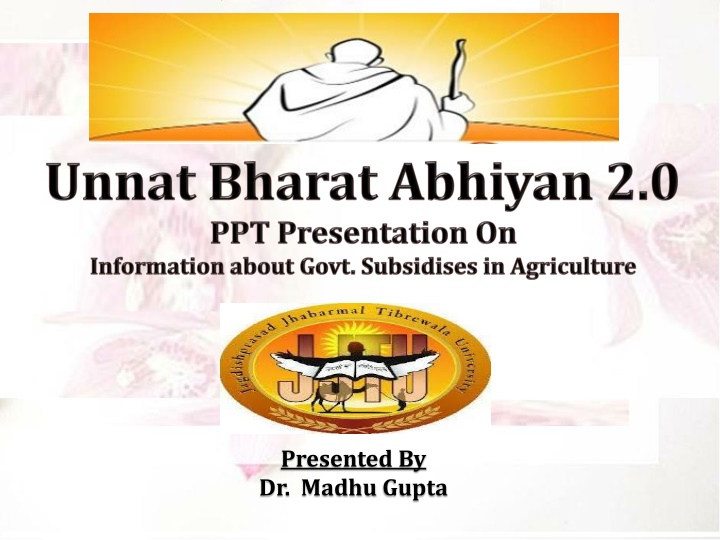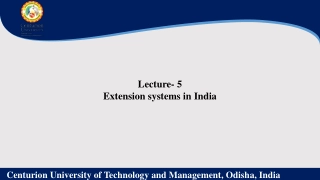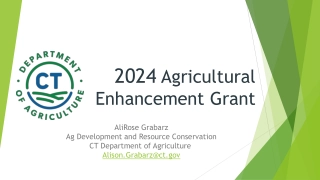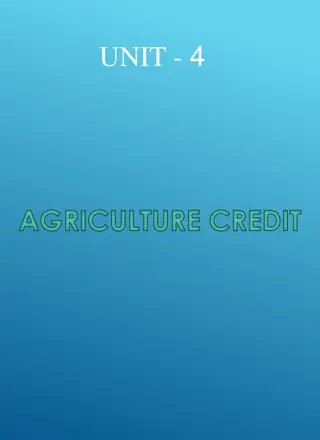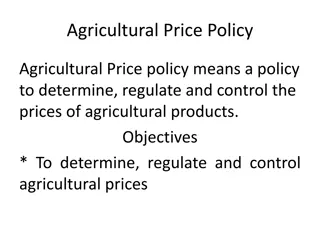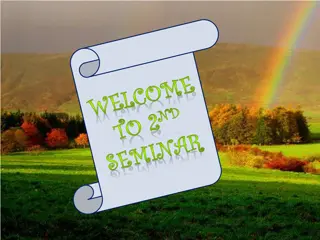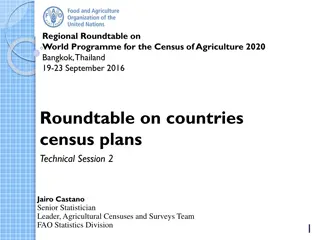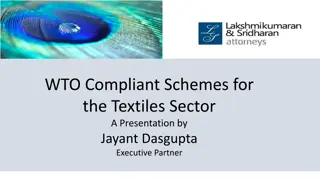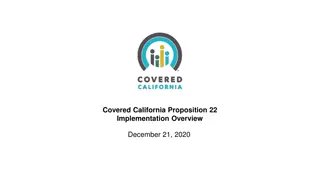Overview of Agricultural Subsidies in India
Government in India provides various subsidies to farmers, including fertilizer, power, irrigation, seed, export, credit, and agricultural infrastructure subsidies. The subsidies aim to support farmers with affordable inputs, stable prices, and adequate availability. The current subsidy bill is substantial, highlighting the government's commitment to the agricultural sector. Specific details are provided on fertilizer and power subsidies, illustrating how these initiatives benefit farmers and the agricultural industry as a whole.
Download Presentation

Please find below an Image/Link to download the presentation.
The content on the website is provided AS IS for your information and personal use only. It may not be sold, licensed, or shared on other websites without obtaining consent from the author.If you encounter any issues during the download, it is possible that the publisher has removed the file from their server.
You are allowed to download the files provided on this website for personal or commercial use, subject to the condition that they are used lawfully. All files are the property of their respective owners.
The content on the website is provided AS IS for your information and personal use only. It may not be sold, licensed, or shared on other websites without obtaining consent from the author.
E N D
Presentation Transcript
Presented By Dr. Madhu Gupta
CONTENT Introduction Current Status Different Types of Agricultural Subsidies Fertilizer subsidy Power subsidy Irrigation subsidy Seed subsidy Export subsidy Credit subsidy Agricultural infrastructure subsidy
Introduction Government gives different types of subsidies to farmers like, fertilizer, irrigation, equipment, credit subsidy, seed subsidy, export subsidy etc. Current subsidy bill of the government stands at 2.57 lac cr. in 2015-16 which was 2.58 lac cr. in 2014-15.
Introduction Introduction of the High Yielding Varieties (HYV) seeds programme in the 1960s demanded a high priority to supplying irrigation water and fertilisers to the farmers, the government tried to ensure that they were accessible and affordable. Subsidy on fertilisers is provided by the Central government whereas subsidy on water is provided by the State governments. Government gives different types of subsidies to farmers like, fertilizer, irrigation, equipment, credit subsidy, seed subsidy, export subsidy etc. Current subsidy bill of the government stands at 2, 60, 128 cr. in 2013-14 which was 2, 39,551 cr. in 2012-13.
Different Types of Agricultural Subsidies Given to Farmers in India Fertilizer subsidy Power subsidy Irrigation subsidy Seed subsidy Export subsidy Credit subsidy Agricultural infrastructure subsidy
Fertilizer subsidy Disbursement of cheap chemical or non-chemical fertilisers among the farmers. It amounts to the difference between price paid to manufacturer of fertilizer (domestic or foreign) and price, received from farmers, rest of the burden is bear by the government. This subsidy ensures: (i) Cheap inputs to farmers, (ii) Reasonable returns to manufacturer, (iii) Stability in fertilizer prices, and (iv) Availability of fertilisers to farmers in adequate quantity at the requirement. In some cases this kind of subsidies are granted through lifting the tariff on the import of fertilisers, which otherwise would have been imposed.
Power subsidy The electricity subsidies imply that the government charges low rates for the electricity supplied to the farmers. Power is primarily used by the farmers for irrigation objectives. It is the difference between the cost of generating and distributing electricity to farmers and price received from farmers. The State Electricity Boards (SEBs) either generate the power themselves or purchase it from other producers such as NTPC and NHPC. Power subsidy acts as an incentive to farmers to invest in pumping sets, bore-wells, tube wells etc.
Irrigation subsidy Under this umbrella government provides irrigation facilities at the cheaper rates as compare to the markets rates. It is the difference between operating and maintenance cost of irrigation infrastructure in the state and irrigation charges recovered from farmers. This may work through provisions of public goods such as canals, dams, tube wells etc. which the government constructs and charges low prices or no prices at all (in special cases)for their use from the farmers. It may also be through cheap private irrigation equipment such as pumping sets.
Seed subsidy High yielding seeds can be provided by the government at low prices, and at the future payment options. The research and development activities needed to produce such productive seeds are also undertaken by the government, the expenditure on these is a sort of subsidy granted to the farmers.
Export subsidy This subsidy is given to the farmers to face the international completion. When a farmer or exporter sells agricultural products in foreign market, he earns money for himself, as well as foreign exchange for the country. Therefore, agricultural exports are generally encouraged as long as these do not harm the domestic economy. Subsides provided to encourage exports are referred as export subsidies.
Credit subsidy It is the difference between interest charged from farmers, and actual cost of providing credit, plus other costs such as write-offs bad loans. Availability of credit is a major problem for poor farmers. They do not have sufficient cash to purchase agricultural equipments and cannot approach the credit market because they do not have the collateral needed for loans. To carry out production activities they approach the local money lenders. Taking advantage of the helplessness of the poor farmers the lenders charge very high rates of interest. Many times even the farmers who have some collateral cannot avail loans because banking institutions are mainly urban based and many a times they do not indulge in agricultural credit operations, which is considered to be risky. To tackle these problems the government have provided following provisions: (1) More banking operations in rural areas-which will advance agricultural loans, (2) The interest rates can be maintained low through subsidization schemes, (3) The terms of credit (such as collateral requirements) can be relaxed for the poor.
Agricultural infrastructure subsidy Private efforts in many areas do not prove to be sufficient to improve agricultural production. Good roads, storage facilities, power, information about the market, transportation to the ports, etc. are vital for production and sale operations. These facilities are in the domain of public goods, the costs of which are huge and whose benefits accrue to all the cultivators in an area. No individual farmer will come forward to provide these facilities because of their bulkiness and inherent problems related to revenue collections (no one can be excluded from its benefit on the ground of non-payment). Therefore the government takes the responsibility of providing these and given the condition of Indian farmers a lower price can be charged from the poorer farmers.
